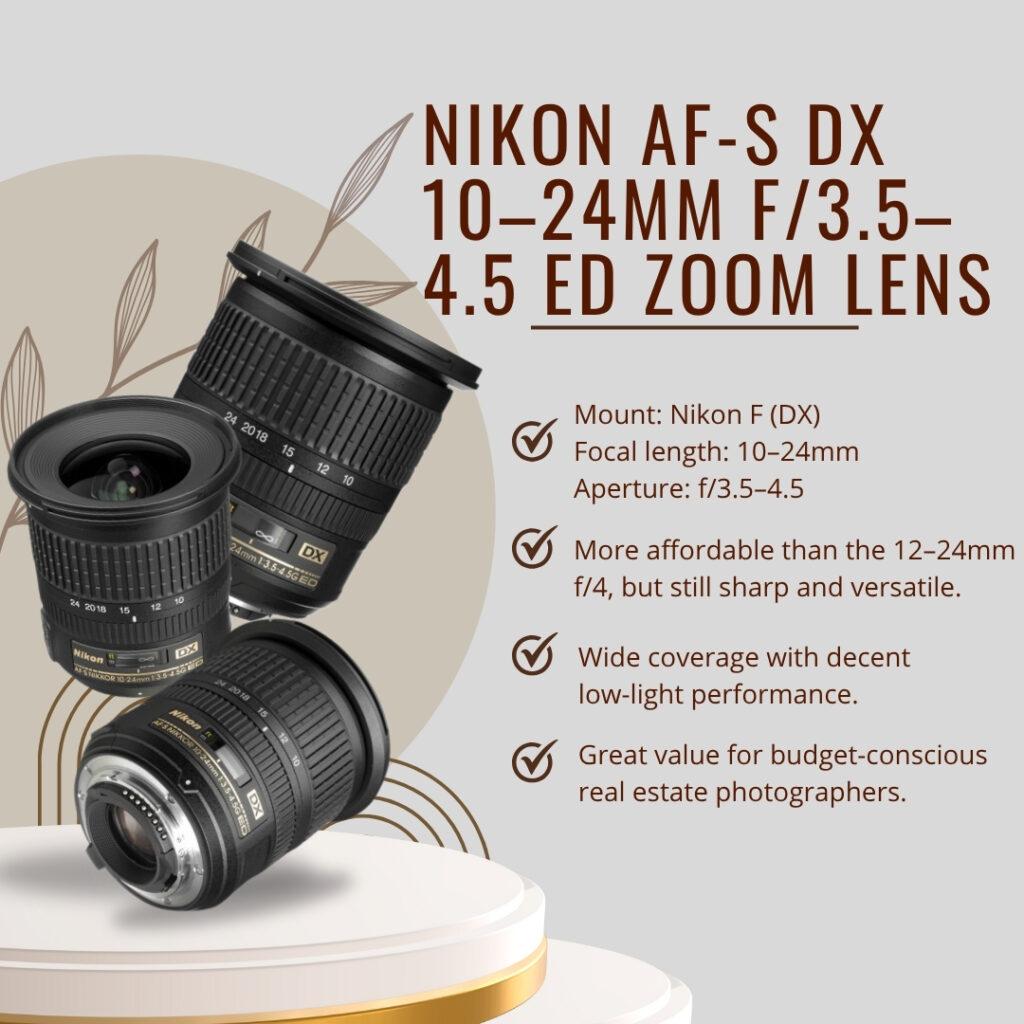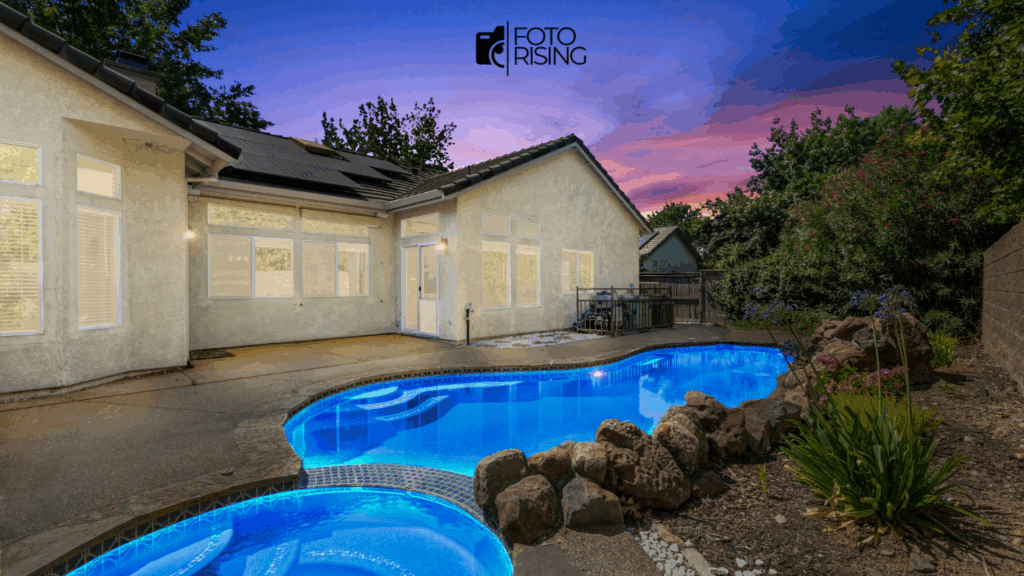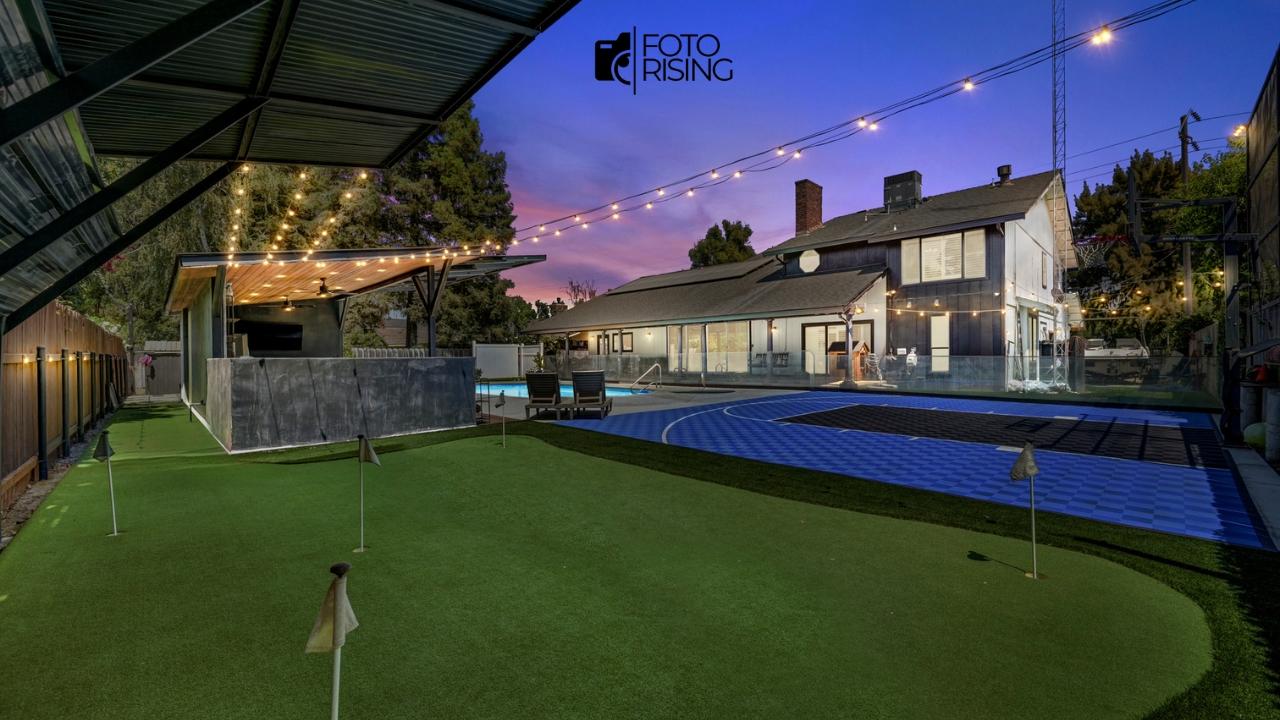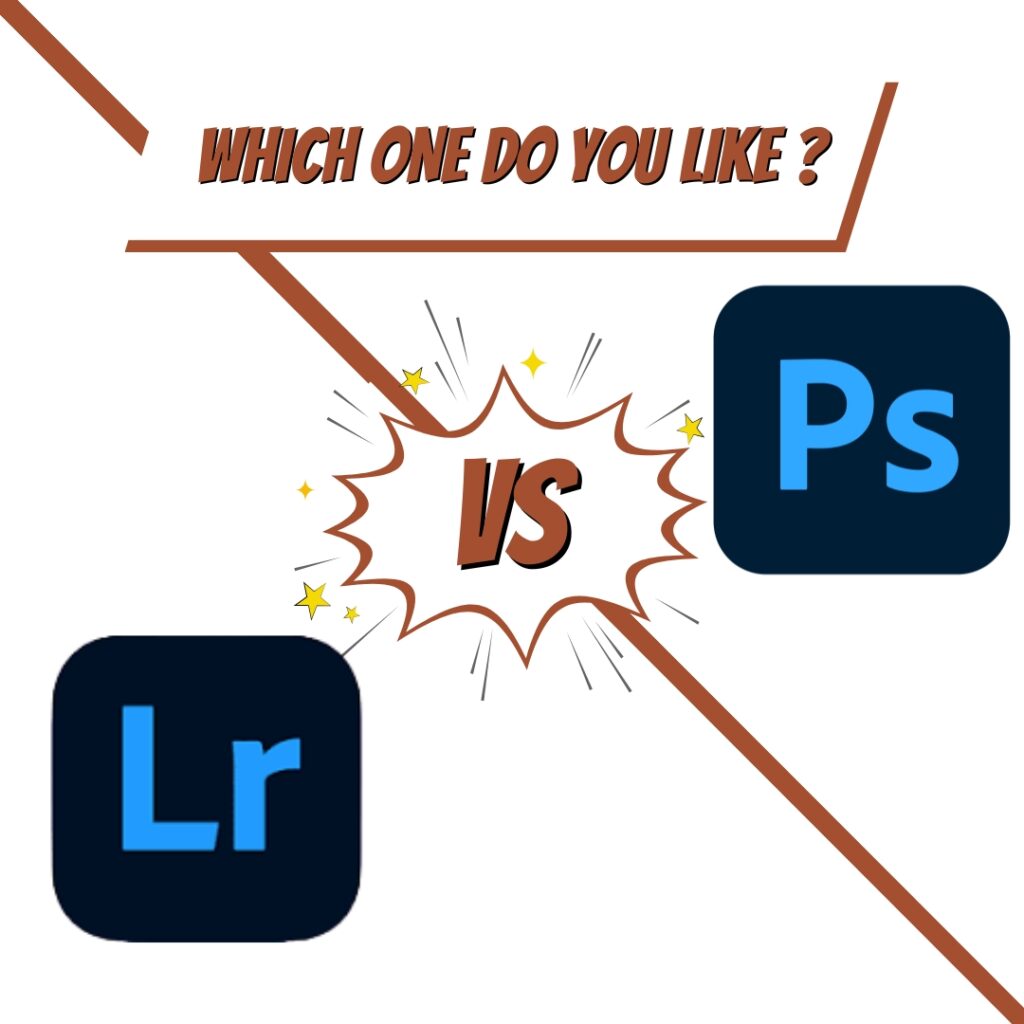In 2025, property photos no longer just show walls and floors. They tell stories. Behind those stories stand virtual staging companies, quietly reshaping how buyers see, feel, and connect with spaces online.
From Empty Rooms to Emotional Experiences
Five years ago, virtual staging was considered experimental. Now, it’s become a marketing essential. Buyers expect polished visuals that help them imagine daily life in a home before they even step inside.
According to a 2025 Global Real Estate Technology Report, listings featuring virtual staging attract 68% more views than unstaged ones. In today’s attention-driven market, that difference can decide whether a home sells in days or lingers for weeks.
Why Virtual Staging Companies Are Thriving
The growth behind virtual staging companies comes down to three things: speed, cost, and impact.
First, traditional staging costs thousands and takes time. In contrast, virtual staging delivers results within 24–48 hours at a fraction of the price. For busy agents juggling multiple listings, that speed changes everything.
Second, digital tools have matured. Many 2025 companies use AI-assisted design, automatically recognizing room dimensions and suggesting matching furniture layouts. Still, human designers refine each image, ensuring realism and style remain consistent. That mix of automation and artistry defines today’s best staging teams.
Lastly, virtual staging companies now understand buyer psychology. They create not just images but feelings — warmth, aspiration, belonging. A well-staged image doesn’t just show furniture; it shows potential.

What’s New in 2025’s Virtual Staging Market
This year, several innovations are pushing the industry forward:
- Interactive Virtual Rooms – Buyers can now explore staged rooms using drag-and-view or AR tools.
- Sustainable Design Aesthetics – Companies incorporate eco-friendly styles reflecting modern buyers’ environmental values.
- AI Color Harmony Systems – Algorithms match wall tones, furniture, and décor to produce perfectly balanced images.
- Global Style Libraries – Designers access curated digital décor collections from different cultures and trends.
- Data-Driven Customization – Companies analyze listing demographics to stage according to regional tastes and buyer preferences.
These shifts mark a new phase: virtual staging is no longer about decoration—it’s about data-informed storytelling.
Choosing the Right Virtual Staging Partner
With so many virtual staging companies now available, selecting the right one requires strategy.
Start by checking portfolio diversity. Top companies can stage everything—from compact apartments to luxury estates—while maintaining realism across styles.
Next, assess revision flexibility. In 2025, customer-centric companies often offer at least one free revision per image. That allows agents to fine-tune staging based on feedback.
Also, confirm image resolution and usage rights. High-quality staged images should be MLS-compliant and suitable for both print and online marketing.
Finally, look for transparency. Reputable virtual staging companies clearly state when an image has been digitally enhanced. This builds trust and prevents misunderstandings with potential buyers. BeatColor is one of the leading companies in the virtual staging industry that you can definitely trust!
Real-World Impact: Faster Sales, Stronger Impressions
Consider this: A mid-tier real estate agency in Chicago tested 50 staged listings in early 2025. Those listings sold 32% faster and achieved 4–6% higher closing prices compared to similar unstaged ones.
Why? Because buyers could emotionally connect with the photos. Virtual staging companies help bridge the gap between imagination and reality, allowing buyers to picture themselves living there.
It’s storytelling in pixels.
Ethics Still Matter
As the technology advances, ethical staging practices remain essential. Altering a property’s structure or removing flaws crosses into misrepresentation. Instead, leading virtual staging companies focus on enhancing, not deceiving.
The National Association of Realtors continues to advise agents to label virtually staged images clearly. Transparency doesn’t reduce appeal—it builds credibility. In today’s trust-driven market, honesty is a long-term marketing advantage.
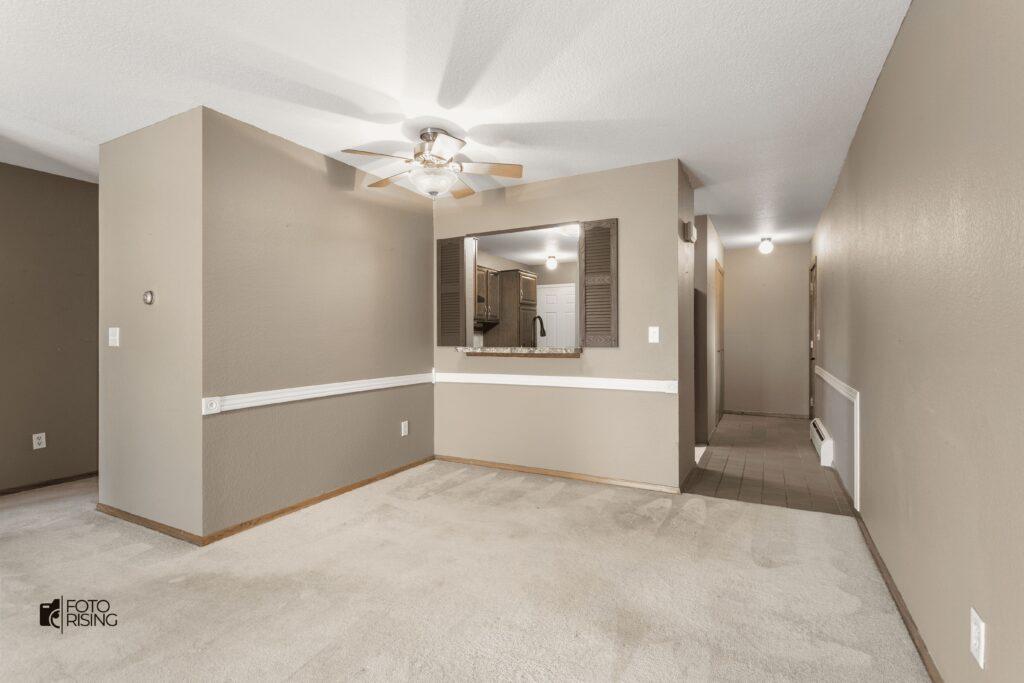

Virtual Staging’s Expanding Role
Beyond homes, virtual staging companies are entering commercial and hospitality sectors. Hotels use it to preview renovations. Developers showcase future offices before construction begins. Even architects now request virtual staging for proposal visuals.
Additionally, integration with video and 3D tours is growing fast. Buyers can now explore a property virtually and see rooms fully furnished in real-time. That seamless experience redefines what “online viewing” means.
Looking Ahead: What Comes Next
By late 2025, experts predict the industry will move toward real-time generative staging—where rooms are staged dynamically as users browse listings. Imagine choosing a home style filter like “Boho Chic” or “Industrial Loft” and seeing the interior instantly adapt.
Virtual staging companies that embrace this shift early will shape the market’s next chapter. They won’t just decorate photos—they’ll personalize experiences.
Final Thoughts
Virtual staging has evolved from a marketing trick to a storytelling tool. It’s fast, affordable, ethical, and incredibly effective. More importantly, it reflects how people shop for homes in a digital-first world.
The best virtual staging companies of 2025 don’t just sell rooms. They sell possibilities, emotions, and dreams—one realistic image at a time. For agents, partnering with them isn’t just smart business. It’s the future of real estate marketing.
Read more:
Shoot 3D Real Estate Photography: The Future of Property Marketing
360 Virtual Tour: Boost Visibility and Sales
Unlocking the Potential of 3D Software in Real Estate Photography








